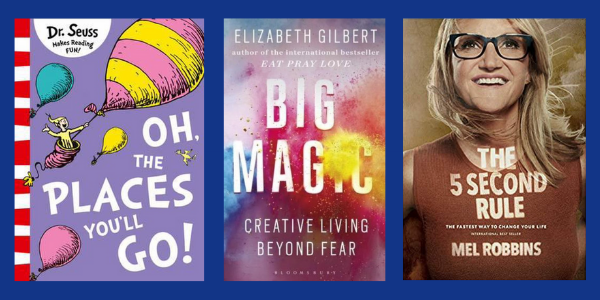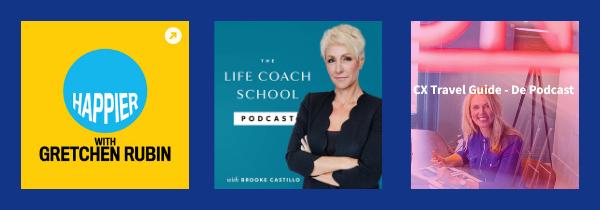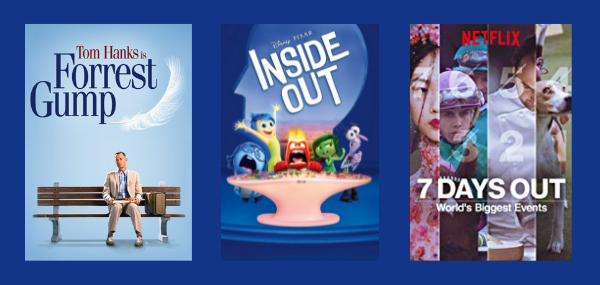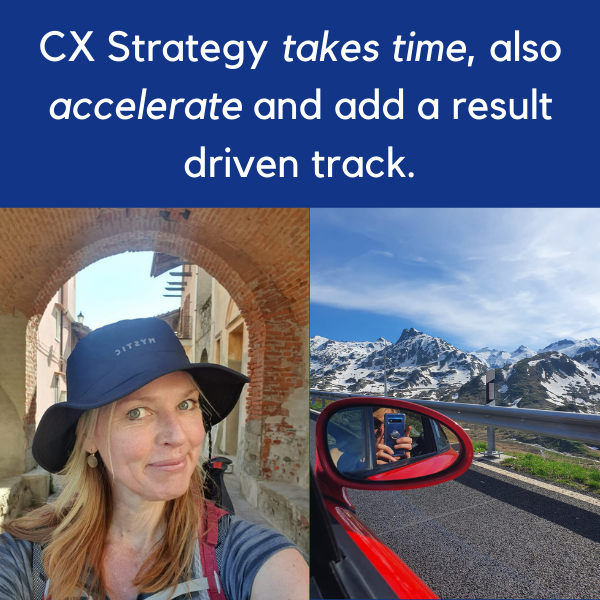I'm turning 50 this year. Then comes the question. How do you want to celebrate? This year I will walk 1000 kilometers to Rome and celebrate it on May 17 in St. Peter's Square with my husband. But there was also a little voice in my head that I really want to celebrate this with my friends. Something really crazy. Extravagant. So... I invited all my friends, my daughter and mother for a weekend in Italy. I rented a beautiful villa above Verona and also arranged good food, drinks and a bike ride through the rolling hills.
Now I didn't want to be a travel agent, so I asked all the ladies to pay for (and arrange) the ticket themselves. However, it soon became apparent that the prices differed quite a bit. One friend was shown 221 euros and the other 271. In order not to get crooked faces, I offered to arrange a group ticket.
So I went to the website on Saturday morning and there I went through a number of fields. Where do you want to go, at what time, with how many people, etcetera etcetera. When I pressed 'Enter' after the last field, I was promised that I would get a quote within a day.
You can already feel it. I didn't get anything. And I felt the fear that due to delays on this line, the tickets would only become more expensive. So I went to call, but I couldn't get through. So wait and see.
After four days, the offer came. And what a quote. Four choices, even though I had made it very clear what I wanted. 13 tickets and at very specific times to and from Bologna. Within 10 minutes I responded back with what I wanted and then I got some kind of contract.
One for which you really must have attended the Ticket Academy. I also suspect that this is still from an AS400 system, judging by the font. Anyway. Especially a lot of attention to the cancellation policy, conditions and dates. All in text. Four pages full.
It also tells me when I have to provide a passenger list. Now that's nice, that clarity. But what should be included in a passenger list? Just names, or also dates of birth? Or also identity card numbers? I searched online for what should be in this list, but it can't be found. What a lack of clarity... Especially since it's so different from how I book an individual ticket. Just, nice and online, very clear and as it turns out. Also for a much better rate.
When agreeing, I run into a contradiction. The contract states that I have to sign and email it. But the accompanying e-mail states that the payment confirms the reservation. So you don't have to send an email. Oh well, just to be sure, I sign, scan and confirm. Better safe than sorry. And then I'm going to make the first payment. I have to mention "Tigre" plus the contract number when paying. But should I or shouldn't I add the 'A' that is in the letter? Or also the '1/1' that is behind it. Oh help. I have paid and hope for the best that this will go well.
So yes, I don't understand the added value of this group booking option. Maybe if you're an event agency and have this kind of software yourself. But I feel really lost as an individual. I'll soon have 13 tickets, but I'm dependent on an e-mail address, which you just have to hope will respond. And a department that I have not yet reached by phone.
Fortunately, it is KLM and I trust that this will all work out. It's the big blue bird after all. Which reminds me of the slogan of that other organization that I associate with blue. We can't make it any more fun, which one is easier. Well, they should take a look at that here too!
From this blog, I distilled some CX lessons. Curious? Read them here!
*****
Nienke Bloem is often called the Customer Experience speaker in the blue dress.
She's a global CX thought leader, educator and a global keynote speaker who inspires audiences with best practices and proven methodologies. She leads a speaking practice, a CX game company and a training business; she breathes Customer Experiences and is author of two CX books.
Her two-day Customer Experience Masterclass is known as the best program to prepare for your CCXP and she is the go-to person for CX leaders who want to advance their leadership and bring direct results from their Customer Experience transformation programs. Since 2020, she hosts a CX Leadership Masterminds program and helps leaders spice up their leadership and deliver an engaging CX Story including a solid CX Strategy. Besides, she is a modern-day pilgrim and found the parallel with leading customer centric transformations.
With her over 20 years of corporate experience, she speaks the business language. Her keynotes and education programs in Customer Experience are inspiring and hands-on. She is one of the few Recognized Training Partners of the CXPA and it is her mission to Make Customer Experience Work and help you deliver business results.





